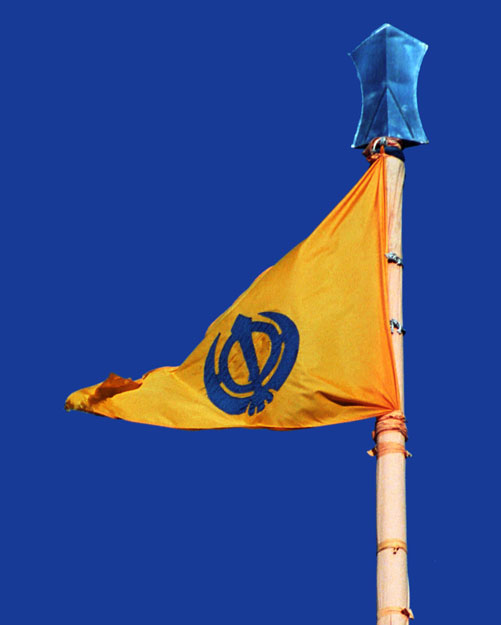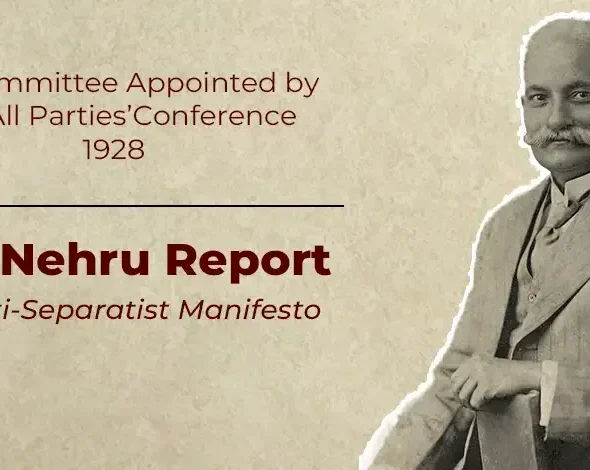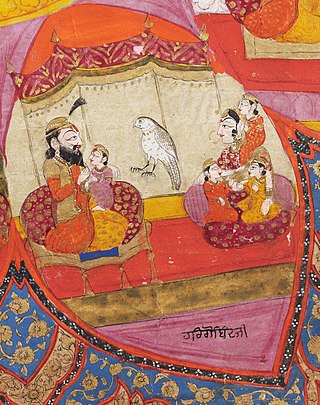
NISHAN SAHIB is the name for the tall Sikh flag which marks all gurudwaras and other religious premises of the Sikhs. Nishdn is a Persian word with multiple meanings, one of these being a flag or standard. Sahib, an Arabic word with the applied meaning of lord or master, is here used as an honorific. Thus Nishan Sahib in the Sikh tradition means the holy flag or exalted ensign. A synonymous term is Jhanda Sahib (jhandd also meaning a flag or banner). The Sikh pennant, made out of saffron coloured, occasionally out of blue coloured, mainly in the case of Nihangs, cloth is triangular in shape, normally each of the two equal sides being double of the shorter one.
Neki, Jaswant Singh, one of the prominent Punjabi poets, was born in 1927. As a psychiatrist, he presents modem psychological insights through his experimental poems. He penetrates to the fundamentals of existence and through a lucid style recaptures vividly its subtle patterns and concepts. He is predominantly a poet of mystery in life. The poet in his poetry seems to be endeavouring to reveal and unveil what is mysterious in man\'s life.

NEHRU COMMITTEE REPORT AND THE SIKHS. Constitutional reforms introduced under the Government of India Act, 1919, did not satisfy the Indian public opinion which continued to press for a fully responsible government in India. The Act itself contained a provision that after ten years a statutory commission would be appointed to review its working. A commission consisting of seven members of British Parliament, with SirJohn Simon as chairman, was constituted in November 1927 to survey the political situation in India.
NIHALA, BHAI, a Sabharval Khatri of Patna, was a devoted Sikh of the time of Guru Hargobind. He was, besides being an eloquent expounder of gurbdnt, a brave soldier. He had fallen fighting in the battle of Amritsar in 1629. The name occurs in Bhai Gurdas, Varan, XI. 31 NIHALA, BHAI, one of the writers serving Guru Gobind Singh (1666-1708).
NISHCHAL SINGH, PANDIT SANT (1882-1978), widely respected holy man, preacher of Sikhism and head of the Sevapanthi sect of the Sikhs (1950-78), was born on 18 April 1882, the son of Bhai Amir Singh and Mat Piar Kaur, a pious couple of Mittha Tiwana in Shahpur (Sargodha) district of Pakistan Punjab. Nishchal Singh lost his father at the age of five and was brought up under the care of his eldest brother, Mahitab Singh. Mahitab Singh, himself a devoted Sevapanthi saint, led Nishchal Singh to take to the same path. He sent him to Varanasi for higher learning.







